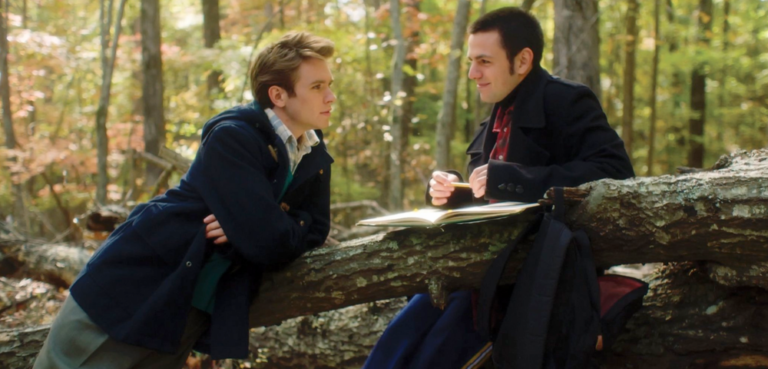
‘Watershed: The Death of Doctor Duncan’ is extraordinary queer opera

This post also appeared on CityHub.
By IRINA DUNN
How to tell you about this extraordinary work that is a collaboration between Opera Australia and the Adelaide Festival, where it premiered in 2022.
The story is this. On 10 May 1972, a visiting Englishman and a professor of law at Adelaide University, Doctor Ian Duncan, was thrown into the Torrens River in Adelaide by three men believed to be from the Vice Squad, who literally got away with murder. It had been common practice for the cops to chuck p**ft*rs into the Torrens.
A bridge on the Torrens was a regular homosexual beat at a time when homosexuality was illegal.
It was Duncan’s death beneath this bridge that precipitated the decriminalisation of male homosexual acts three years later in September 1975, making South Australia the first state in the English-speaking world to do so. The stylish safari-suited premier, Don Dunstan, was responsible for pushing that through.
The story of Watershed
Playwright Alana Valentine and novelist Christos Tsiolkas collaborated as librettists with composer and orchestrator Joseph Twist and director Neil Armfield in creating what was billed as an “oratorio”.
Valentine and Tsiolkas used inquest transcripts, press clippings and private correspondence to bring the tragedy of Doctor Duncan’s death to the stage in Watershed, and were not afraid to use gritty language (“sweat and cum”) in their descriptions of the illicit night encounters of gay men looking for sex.
The librettists wrote, “Our choice has been to develop a musical and poetic language that is always ecstatic, even amidst deep sadness, and that is celebratory even when angry. The oratorio is traditionally sacred music. We hope it will be thrillingly transgressive for audiences to hear this form being used to affirm that queer desires do not have to be exiled from faith and transcendence”.
Three singers took on the parts of the lost boy: the narrator (sung by Tomáš Kantor), Duncan / Dunstan (sung by Mark Oates, tenor), and of the whistle-blower cop Mick O’Shea / cop / lawyer (sung by Pelham Andrews, bass). The 21-member chorus, which sat in equal numbers on either side of the stage, sang the chorales, which contributed to the narrative as well as chanting the laments.
Oratorios are usually composed as sacred music, with a dramatic text, minimal staging and a chorus that plays a major role.
The “sacred” in Watershed: The Death of Doctor Duncan was conveyed by the small orchestra of first and second violins, viola, cello, double bass, percussion, guitar and keyboard, with the double bass playing a leading role as the tragic events unfolded.

“Breathtakingly beautiful and moving”
Joseph Twist’s score in Watershed expressed pathos, anger, hope and love in haunting refrains that lent a hallowed timbre to this secular story.
Twist writes, “Tinges of Bach, Britten, Adams and Sondheim, are synthesised and juxtaposed by music that draws inspiration from Billy Joel, Pink Floyd, even heavy metal bands like Korn. Styles aside, musical idea return throughout, including a simple choral melody dedicated to Dr Duncan as well as various musical gestures that reflect the river and its mysterious significance”.
Choreographer Lewis Major chose to represent Doctor Duncan in the body of dancer Macon Escobal Riley who, as he was slowly lowered from above the stage by a single wire, moved gracefully in slow motion, in mid-air, as one drowning – a breathtakingly beautiful and moving visual representation of the tragedy at the heart of this oratorio.
Riley came to rest in a shallow stream that ran along the front of the stage, so that his wet body was a reminder of Doctor Duncan’s ordeal.
Neil Armfield did a brilliant job of pulling it all together, while conductor Brett Weymark articulated all the emotion of Twist’s score for the audience’s appreciation, which was expressed in a standing ovation on opening night.
Armfield said, “…at its heart is the burning shame, and rage, that, 50 years on, the men responsible for Duncan’s death are still living in our midst. They know who they are. So do others”.









